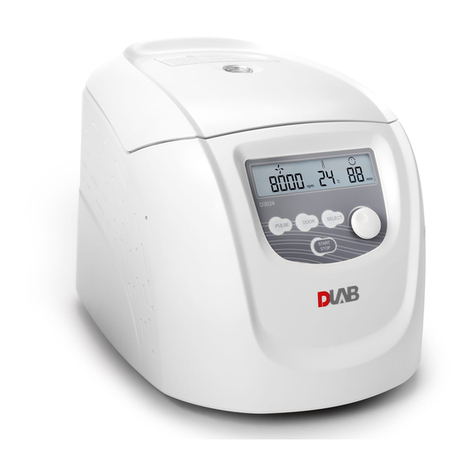Copyright: ......................................................................................................................................................1
Safety Reminder.............................................................................................................................................2
1. Specifications.........................................................................................................................................4
2. Required Operational Conditions...............................................................................................................4
2.1 Basic operational conditions ............................................................................................................4
2.2 Transport and storage conditions......................................................................................................5
3. Installation..................................................................................................................................................5
3.1 Location............................................................................................................................................5
3.2 Connection of the power cord and grounding..................................................................................5
4. Structure.....................................................................................................................................................6
5. Operation panel..........................................................................................................................................6
6. Rotor Preparation .......................................................................................................................................7
6.1 Prepare the samples..........................................................................................................................7
6.2 Inject the samples into tubes ............................................................................................................7
6.3 Keep the tubes balanced...................................................................................................................7
6.4 Inspect the rotor................................................................................................................................7
6.5 Symmetrically load centrifuge tubes into rotor................................................................................7
7. Operation....................................................................................................................................................8
7.1 Start the operation ............................................................................................................................8
7.2 Stopping the centrifuge ....................................................................................................................8
8. Maintenance...............................................................................................................................................8
8.1 Cleaning ...........................................................................................................................................8
8.2 Rotor Installation..............................................................................................................................9
9. Trouble shooting.......................................................................................................................................10
10. Instructions for the rotor and tubes.........................................................................................................10
10.1 Rotor instructions......................................................................................................................... 11
10.2 Tubes............................................................................................................................................12
11. Returning and Disposal..........................................................................................................................13
11.1 Returning Devices........................................................................................................................13
11.2 Disposal........................................................................................................................................13
12. Ordering information..............................................................................................................................14
13.Warranty...............................................................................................................................................14
13.1 Warranty of centrifuge..................................................................................................................14
13.2 Warranty of the rotor....................................................................................................................14
After-sales service........................................................................................................................................15




























